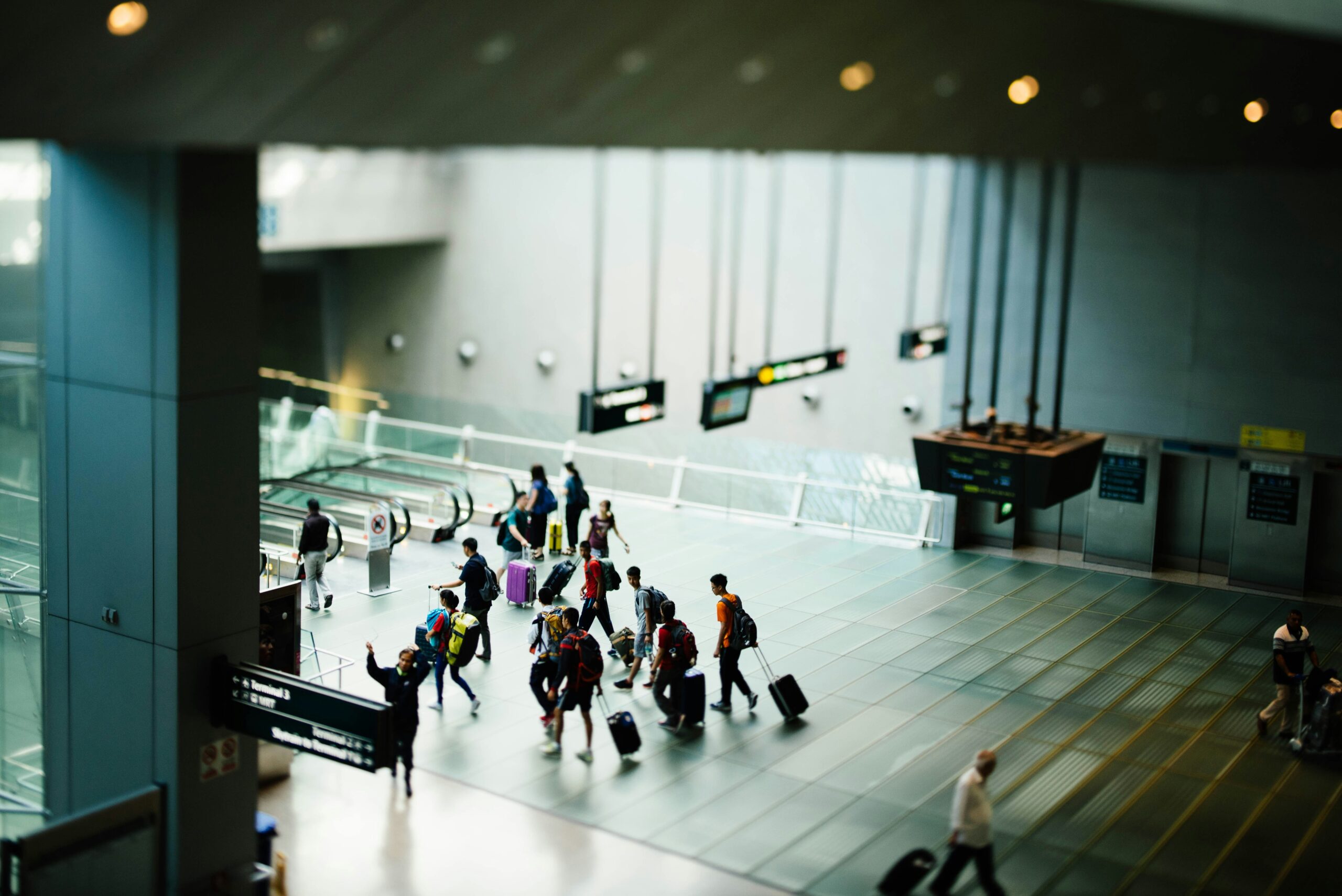Ever landed in a “high-risk” destination only to find your luggage went on vacation without you? No, it’s not just bad luck—it’s a common traveler’s nightmare.
Imagine this: You arrive at your dream safari in Kenya or an adrenaline-pumping trek through the Amazon. But instead of unpacking your gear, you’re left explaining to a clueless airline rep why losing your malaria meds is a BIG deal. That’s where baggage insurance for high-risk destinations swoops in like a travel superhero. In this guide, we’ll break down *why* you need it, *how* to get the best coverage, and share tips (plus fails!) that’ll make you rethink travel risks entirely. Let’s dive in!
Table of Contents
Key Takeaways
- High-risk destinations often come with unique baggage-related risks—standard policies may not cut it.
- Tailored baggage insurance ensures protection against theft, delays, and damage specific to these areas.
- Understanding policy fine print can save you from financial disasters during travel emergencies.
Why High-Risk Destinations Require Special Coverage
“High-risk” doesn’t just mean dangerous; it also refers to places prone to logistical nightmares. Think remote locations, political unrest, extreme weather, or even tourist-targeting scams. These environments pose heightened chances of lost, stolen, or delayed luggage.
Optimist You:* “But I’ve got basic travel insurance!”
Grumpy You: “Uh-huh. Does it cover $10K worth of camera equipment disappearing mid-safari?”*
Here’s the tea: Standard policies are generic AF. They’re designed for predictable trips—not chaotic ones. A friend once traveled to Patagonia (stunning views, btw) only to have her suitcase vanish on day one. She had no backup plan. Spoiler alert: It ruined half her trip because her policy didn’t account for ‘remote retrieval costs.’ Yikes.

“The worst feeling? Knowing you could’ve prevented disaster for an extra $50.”
Step-by-Step Guide to Choosing the Right Baggage Insurance
- Evaluate Your Destination Risks: Research crime rates, climate conditions, and airport reliability. Tools like Numbeo and OSAC reports are gold mines here.
- Inventory Your Belongings: List everything you’d pack—and assign values. Pro tip: Snap pics of expensive items pre-trip. Evidence matters!
- Compare Policies Side-by-Side: Look beyond price tags. Prioritize coverage limits, exclusions, and customer reviews.

- Check the Fine Print: Avoid being blindsided. Know what’s covered (e.g., natural disasters vs. petty theft).
- Test Customer Support: Call them with a quick question. If they ghost you now, imagine how helpful they’ll be when your bag goes MIA.
Pro Tips for Maximizing Your Policy
Straight fire:
- Pack Smart: Never check valuables. Period. (Yes, even if TSA says otherwise.)
- Use Tracking Devices: Gadgets like Tile or Apple AirTags help locate lost bags.
- Document Everything: From receipts to photos, evidence = payouts.
- Terrible Tip Disclaimer: DON’T assume all coverage extends globally. Some insurers exclude conflict zones outright.
Rant Break: Why do companies bury crucial info in pages of legalese?? Seriously, making people hunt for exclusions feels like some Bond villain move.
Real-Life Scenarios: What Happens Without Proper Coverage?
Case Study #1: Sarah visited Nepal for a hiking expedition. Her backpack containing prescription meds was stolen en route. Luckily, her tailored baggage insurance reimbursed her replacement costs within days. Unluckily for others without similar foresight, their stories don’t end so sweetly.
Case Study #2: John flew to Brazil for Carnival. His bag got delayed due to strikes at São Paulo’s airport. He had full delay reimbursement under his policy, which kept him from overspending on essentials while stranded.
FAQs About Baggage Insurance for High-Risk Travel
Q: Is baggage insurance mandatory?
A: Not always, but consider it smart self-defense. Airline compensation rules suck, trust me.
Q: How much does it cost?
A: Typically 5–15% of your total trip budget. Worth every penny, IMO.
Q: Can I claim for emotional distress over lost luggage?
A: LOL, nope. Stick to material losses.
Final Thoughts Before You Fly
Long story short: High-risk travels demand high-impact prep. Baggage insurance isn’t glamorous—but neither is getting stuck abroad sans underwear or passport. Learn from others’ mistakes (hello, Patagonia saga), invest wisely, and never skip reading the damn fine print.
Oh, and remember:
Lost bags, fierce delays,
Peace comes with coverage—you’re welcome.* 🤙*

